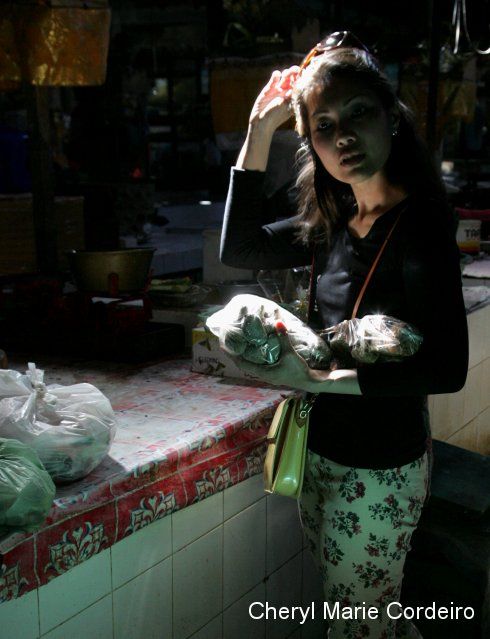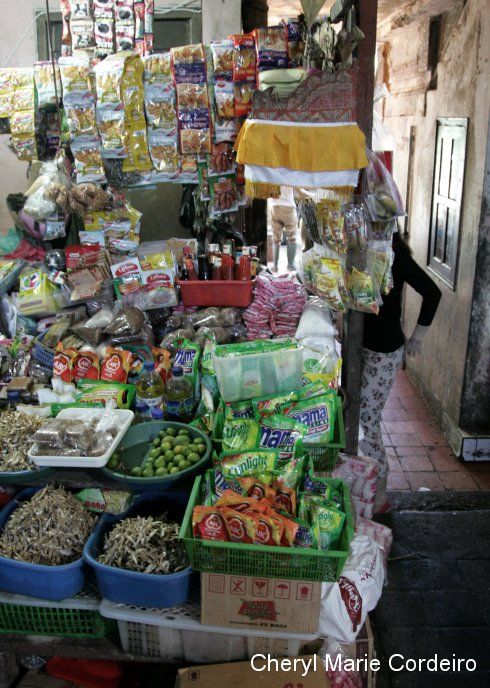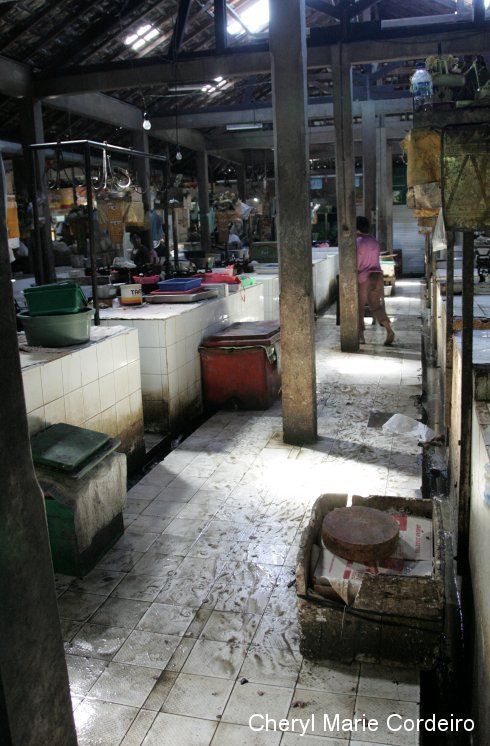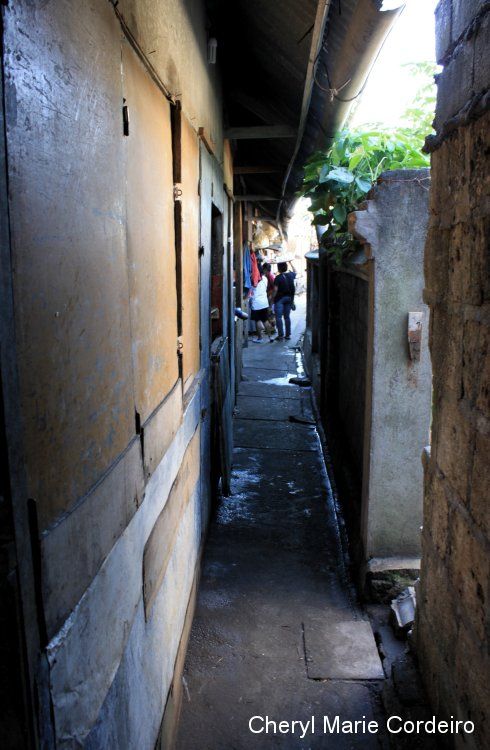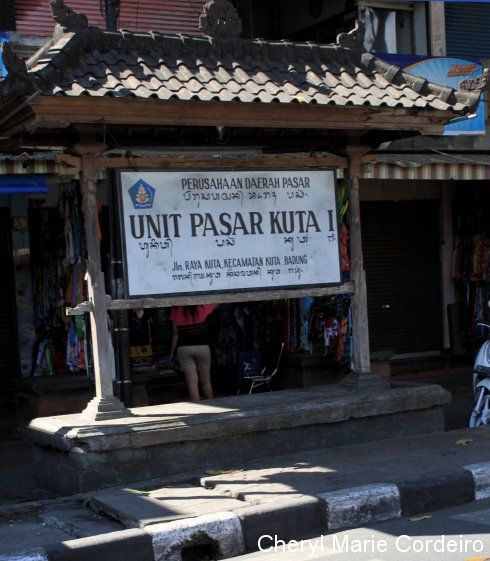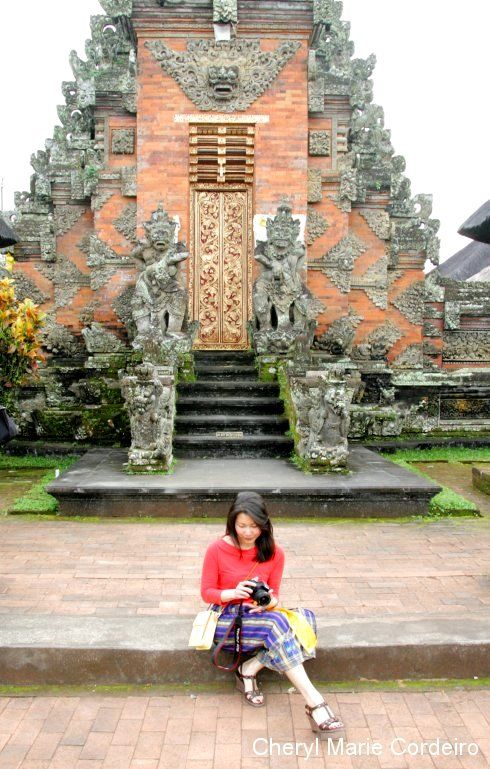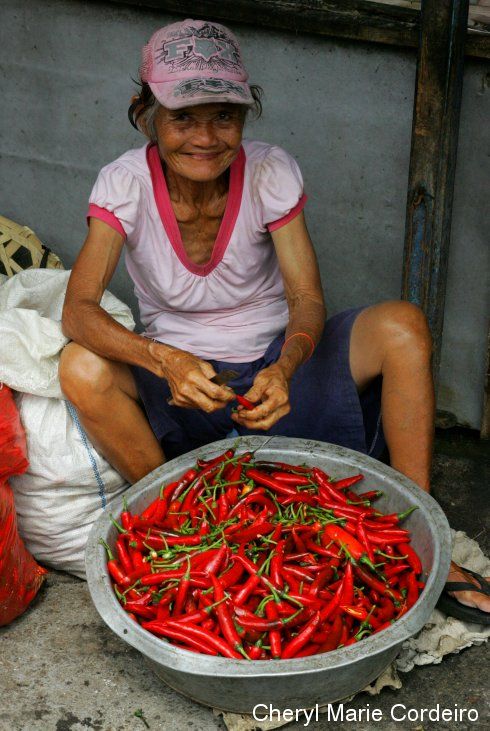 I read with interest, Peter Ho’s RSIS working paper no. 248 on “Governing for the future: what governments can do”.
I read with interest, Peter Ho’s RSIS working paper no. 248 on “Governing for the future: what governments can do”.
It is a paper based on an adaptation of his speech delivered at the Australia-New Zealand School of Government (ANZSOG) Annual Conference 2012 in Wellington, New Zealand on 26 July 2012. Mr. Peter Ho is Senior Advisor to the Centre for Strategic Futures and Senior Fellow in the Civil Service College. He serves as an Adjunct Professor with the S. Rajaratnam School of International Studies. He is a Senior Fellow of the Lee Kuan Yew School of Public Policy, and was formerly the Head of the Civil Service in Singapore.
In brief, Ho outlined in his paper, how accelerating changes in the 20th century, for example such as population growth, rapid urbanisation in combination with technological innovation has come to result in complex interconnected environments that in turn give rise to unpredictable trajectories and “wicked problems” (Horst and Webber, 1973) or interesting problems that have no immediate / obvious solution.
Globally, there are many international diplomatic talks that revolve around “wicked problem” issues such as climate change, food, water and energy supply, all preferably within a sustainable economic development framework. At a local level in Singapore, Ho cited the example of the complex nature of extremist religious pursuits that led to the need for new warfare strategies that counter forces both material and cognitive in order to keep the nation secure and how Singapore was under the constant challenge to disarm extremist ideologies.
But whether facing global political-economic environmental changes or ideological extremism, Ho’s point was governments that have the agility and capacity to act swiftly in such circumstances will benefit and thrive in today’s complex environments. And my perspective is that it is in this aspect that Singapore’s regional geo-political position and albeit seemingly contradictory socio-economic policies have most of the time benefited the country and its people on multiple levels.
As a national security strategy in coordinating counter-terrorism for example, Singapore has continuously worked towards and adopted a multi-layered, integrated and holistic “Whole-of-Government” (WOG) approach, leveraging on the diverse strengths of existing agencies and ministries at various levels from strategy and policy to operations.
 On July 4, 2012, AsiaOne News ran an online article entitled “
On July 4, 2012, AsiaOne News ran an online article entitled “